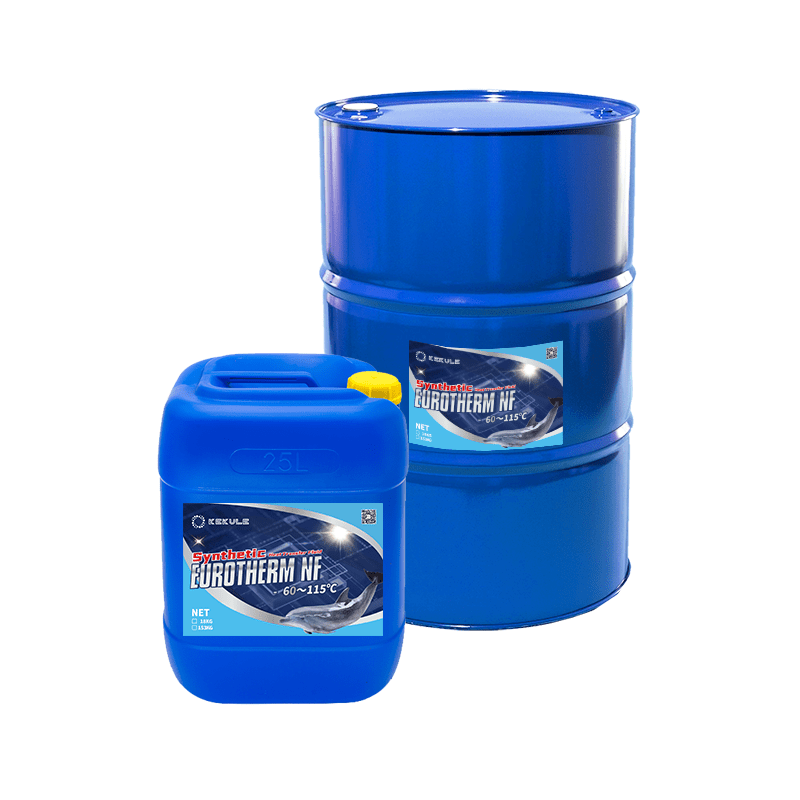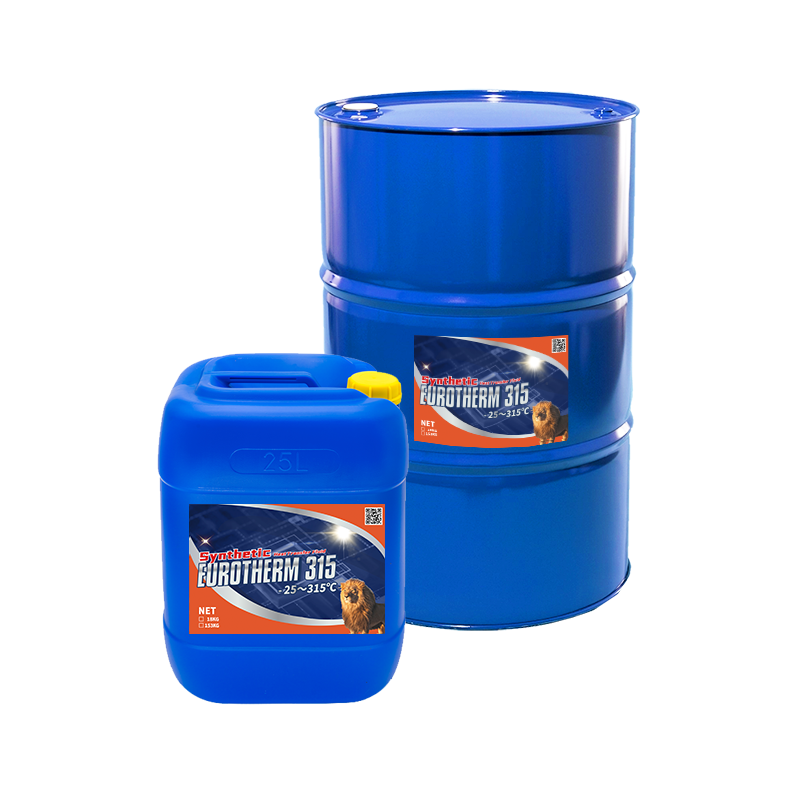The 20-Second Trick For Chemie
Table of ContentsGetting The Chemie To WorkThe Definitive Guide to ChemieWhat Does Chemie Do?The Best Guide To ChemieSome Ideas on Chemie You Need To KnowWhat Does Chemie Do?
(https://betteanderson.wixsite.com/my-site-1/post/revolutionizing-cooling-and-heating-solutions-with-chemie-s-dielectric-coolant)Calculated adjustment in electric conductivity of fluid examples as a function of time when mixed with the resin sample in the closed indirect cooling loophole experiment. Number 6 reveals the modification in the gauged electric conductivity of the liquid examples when mixed with the resin sample. The conductivity of the water example from the shut loophole experiment reduced by around 70% from 11.77 S/cm to 3.32 S/cm in 6 hours.These outcomes suggested that the capacity of the material depends upon the examination fluid made use of for the experiment. This shows that different ions existing in the liquid will result in various ion exchange capability of the fluid. Determining the ion exchange resin ability with the fluid example from the real cooling loophole is important.
Chemie Fundamentals Explained
Consequently, an ion exchange resin cartridge consisting of 20g of Dowex mixed bed resin might tackle order 938 days to fill. Simply put, to keep a low electric conductivity, a resin cartridge with the measurement and weight specification as that of the resin cartridge utilized in the experiment, need to be transformed every 30 months for the cooling system that was used in the experiment
The cooling of digital components has ended up being a significant difficulty in recent times due to the improvements in the style of faster and smaller components. The usage of a fluid coolant has actually ended up being appealing due to the higher warmth transfer coefficient attained as contrasted to air-cooling.
6 Easy Facts About Chemie Shown
A solitary phase air conditioning loop is composed of a pump, a heat exchanger (cold plate/mini- or micro-channels), and a heat sink (radiator with a follower or a liquid-to-liquid heat exchanger with chilled water cooling). The heat resource in the electronics system is connected to the warmth exchanger.
The demands might vary relying on the kind of application. Adhering to is a listing of some basic requirements: Great thermo-physical residential properties (high thermal conductivity and particular warmth; low viscosity; high hidden heat of evaporation for two-phase application) Reduced freezing point and burst factor (sometimes ruptured protection at -40 C or lower is needed for shipping and/or storage objectives) High atmospheric boiling factor (or low vapor stress at the operating temperature) for single phase system; a slim preferred boiling factor for a two-phase system Good chemical and thermal stability for the life of the electronics system High flash point and auto-ignition temperature level (in some cases non-combustibility is a demand) Non-corrosive to products of construction (steels as well as polymers and other non-metals) No or very little regulatory restrictions (ecologically pleasant, safe, and possibly naturally degradable) Cost-effective The very best electronic devices coolant is an affordable and nontoxic fluid with excellent thermo-physical buildings and a lengthy solution life.
Getting My Chemie To Work
A lot of these liquids have a non-discernible smell and are harmless in case of contact with skin or ingestion. As mentioned in the past, aliphatic PAO-based fluids have replaced the silicate-ester liquids in a range of military electronic devices (and avionics) cooling down applications in the last decade. Another course of popular coolant chemistry is dimethyl- and methyl phenyl-poly (siloxane) or frequently called silicone oil.
Fluorinated compounds such as perfluorocarbons (i.e., FC-72, FC-77) hydrofluoroethers (HFE) and perfluorocarbon ethers (PFE) have particular distinct residential or commercial properties and can be used touching the electronics [4, 8] Of all, these liquids are non-combustible and non-toxic. Some fluorinated substances have no ozone depleting prospective click and other ecological residential properties.
This coolant is classified as harmful and need to be handled and disposed of with treatment. The quality of water utilized for the prep work of a glycol remedy is very vital for the system.
Things about Chemie

This is a low price antifreeze remedy, finding use in refrigeration services and ground resource heat pumps - inhibited antifreeze. This fluid can be used down to -40 C owing to its fairly high price of warmth transfer in this temperature range.
It is thought about even more dangerous than ethylene glycol and as a result has found use only for process applications located outdoors. Likewise, methanol is a flammable liquid and, as such, introduces a possible fire danger where it is stored, took care of, or utilized. This is an aqueous remedy of denatured grain alcohol. Its major advantage is that it is non-toxic.
The Main Principles Of Chemie
As a flammable fluid, it needs certain preventative measures for taking care of and storage. Liquid solutions of calcium chloride discover wide usage as circulating coolants in food plants. It is non-flammable, safe and thermally more effective than the glycol solutions. A 29% (by wt.) calcium chloride option has a cold point below -40 C.
